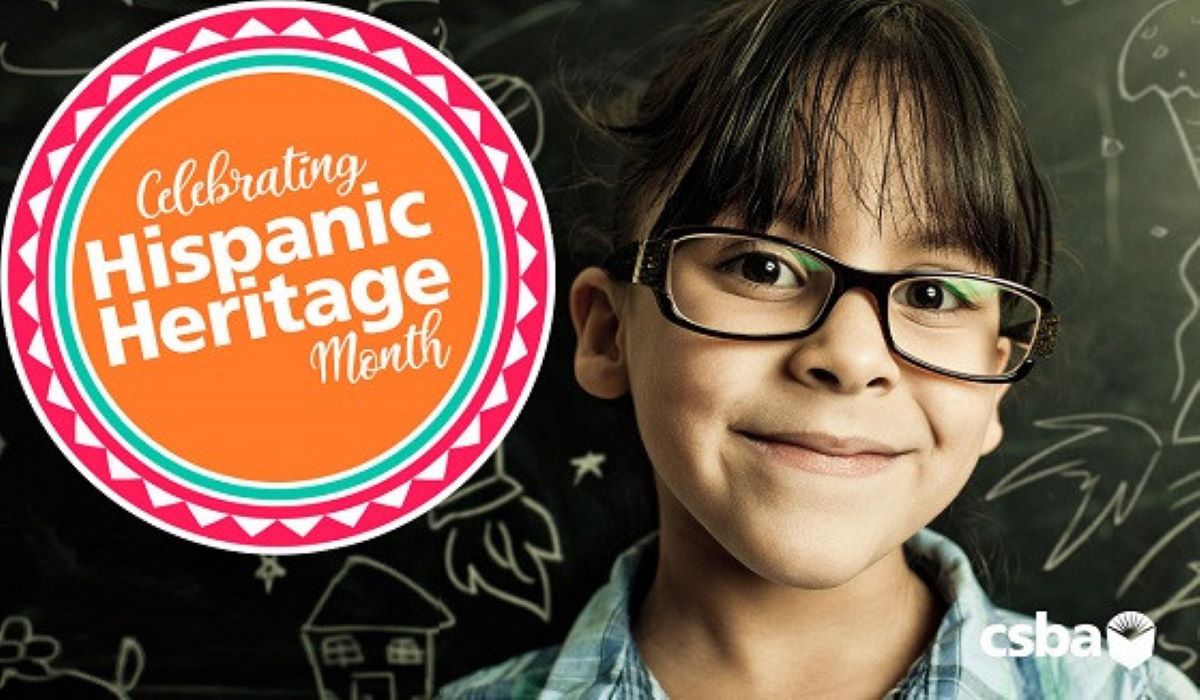California has more than 15 million Hispanic and Latino residents, or just under 40 percent of its population — by far the largest population of any U.S. state. Hispanic Heritage Month is recognized nationwide from Sept. 15–Oct. 15 as a time to honor the cultures and contributions of these Hispanic and Latino Americans. Sept. 15 is a significant date in Latino culture because it is the anniversary of independence for Costa Rica, El Salvador, Guatemala, Honduras and Nicaragua. In addition, Mexico and Chile celebrate their independence days on Sept. 16 and Sept. 18, respectively.
Gov. Gavin Newsom, in a proclamation issued on Sept. 15, 2020, recognized Latino Heritage Month to honor and recognize the contributions of this diverse group, “with roots throughout Latin America and beyond, many Latino Californians also trace their heritage to the original Indigenous communities of Latin America and Africa.”
While state and federal agencies use Hispanic and Latino interchangeably, the technical difference is that Hispanic people are descended from a country of Spanish-speaking origin. While this includes most countries in Central and South America, it would not include a country such as Brazil, where the national language is Portuguese.
More than half of California’s students are Hispanic or Latino, compared to only 20 percent of the state’s teachers. A body of research has shown that students of color achieve at higher levels when they have diverse teachers — but research also shows that a diverse teacher workforce creates a benefit for all students, regardless of race.
Similarly, using culturally relevant pedagogy — which focuses on the intersections between academic achievement, cultural competence and sociopolitical consciousness — has also been shown to improve student achievement in underserved groups and beyond. The term was coined by Gloria Ladson-Billings in the early 1990s and includes having high expectations of all students, requires that teachers understand the cultures of their students and integrate that knowledge to connect students to learning, and that the current sociopolitical climate — including inequities experienced in different groups — are also incorporated into what students are learning.
As stated in Gov. Newsom’s proclamation: “California knows that our diversity is our strength, and Latino communities contribute to that strength every day. Our future as a state is bound together with the future of Latino communities. I urge all Californians to join me during Latino Heritage Month in celebrating these extraordinary communities and their role in our state and continuing to stand with Latino Californians today and into the future.”
Resources to celebrate Hispanic/Latino Heritage Month:
https://hispanicheritagemonth.gov
A collaborative project of the Library of Congress and the National Endowment for the Humanities, National Gallery of Art, National Park Service, Smithsonian Institution, United States Holocaust Memorial Museum and U.S. National Archives and Records Administration.
https://www.archives.gov/news/topics/hispanic-heritage-month
from the National Archives
https://latino.si.edu/index.php/
from the Smithsonian Latino Center
https://www.dclibrary.org/hispanicheritage
from the DC Public Library





